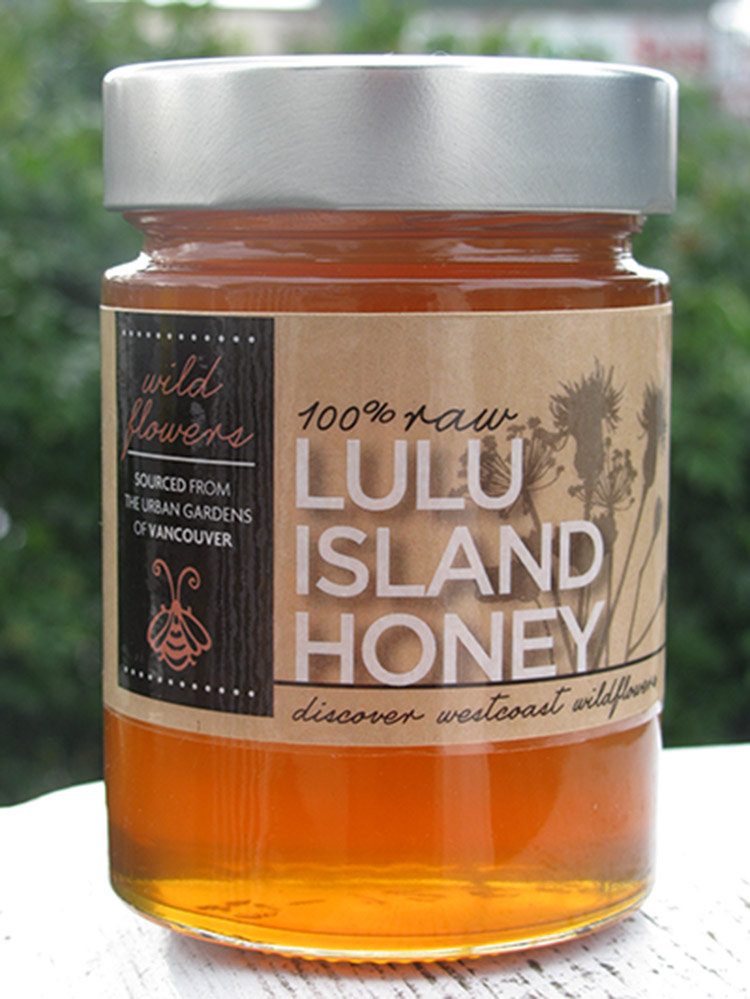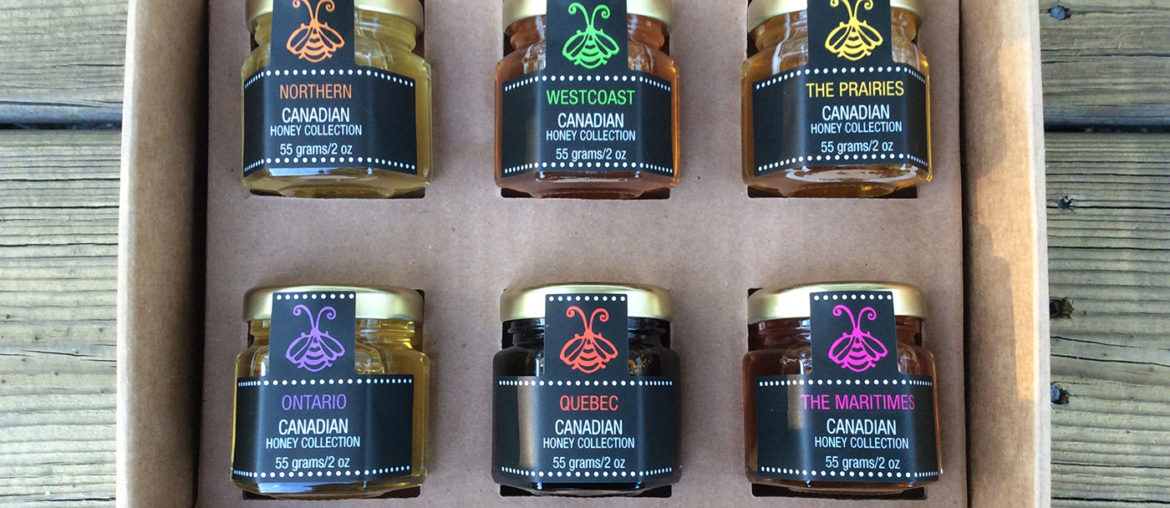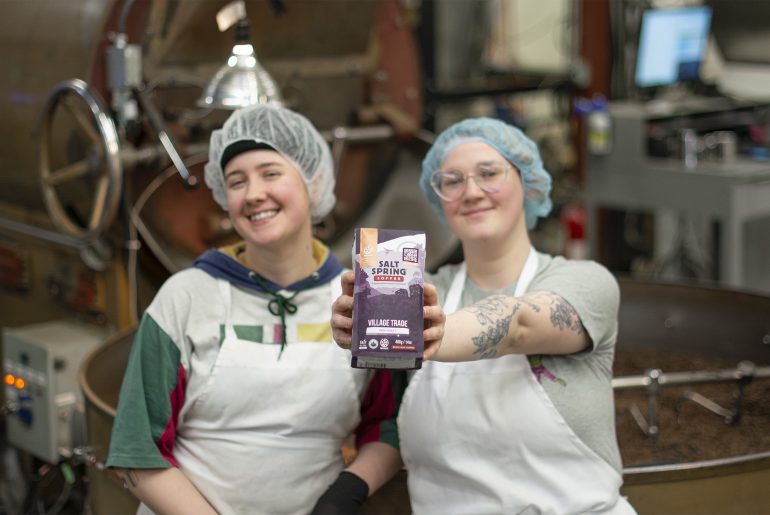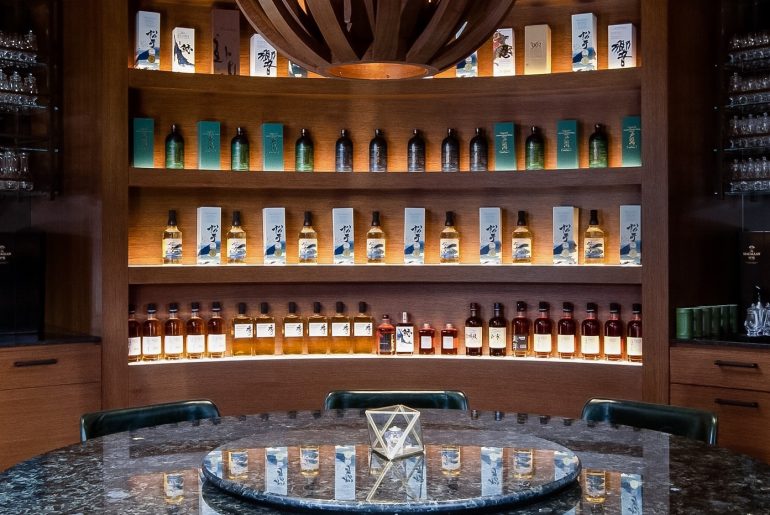By Jennifer Foden
Have you ever passed by the honey stand at the farmers’ market and wondered why there are so many different colours of the sweet stuff?
“Bees make honey by collecting nectar from flowers,” says Karin Giesbrecht of Lulu Island Honey, a family-owned beekeeping company from Richmond. “Different nectar sources mean different flavours, colours and aromas.” Crystallization also affects the colour (crystals cause honey to appear lighter), as well as the temperature outside (understandably, as there are different flowers in bloom in each climate and season.)
The USDA classifies honey into seven colour categories: water white, extra white, white, extra light amber, light amber, amber and dark amber. Typically, honey that’s lighter in colour is milder in smell and taste; darker honey is stronger.
Because there are so many different types of flowers all over the world that bees can collect nectar from, there are hundreds of varieties of honey.

Lulu Island Honey’s hives are in Abbotsford and Richmond, BC. “Canada’s pristine open spaces and northern climate offer perfect conditions for honey production,” says Giesbrecht. Visitors to BC (and Lulu Island Honey) can expect to taste everything from a light clover honey to a darker wildflower variety. “Our current batch has a lot of blackberry in it,” says Giesbrecht.
Want to learn more?
Watch this video for a look at local honey production. You can also find information at www.bcbeekeepers.com





Comments are closed.